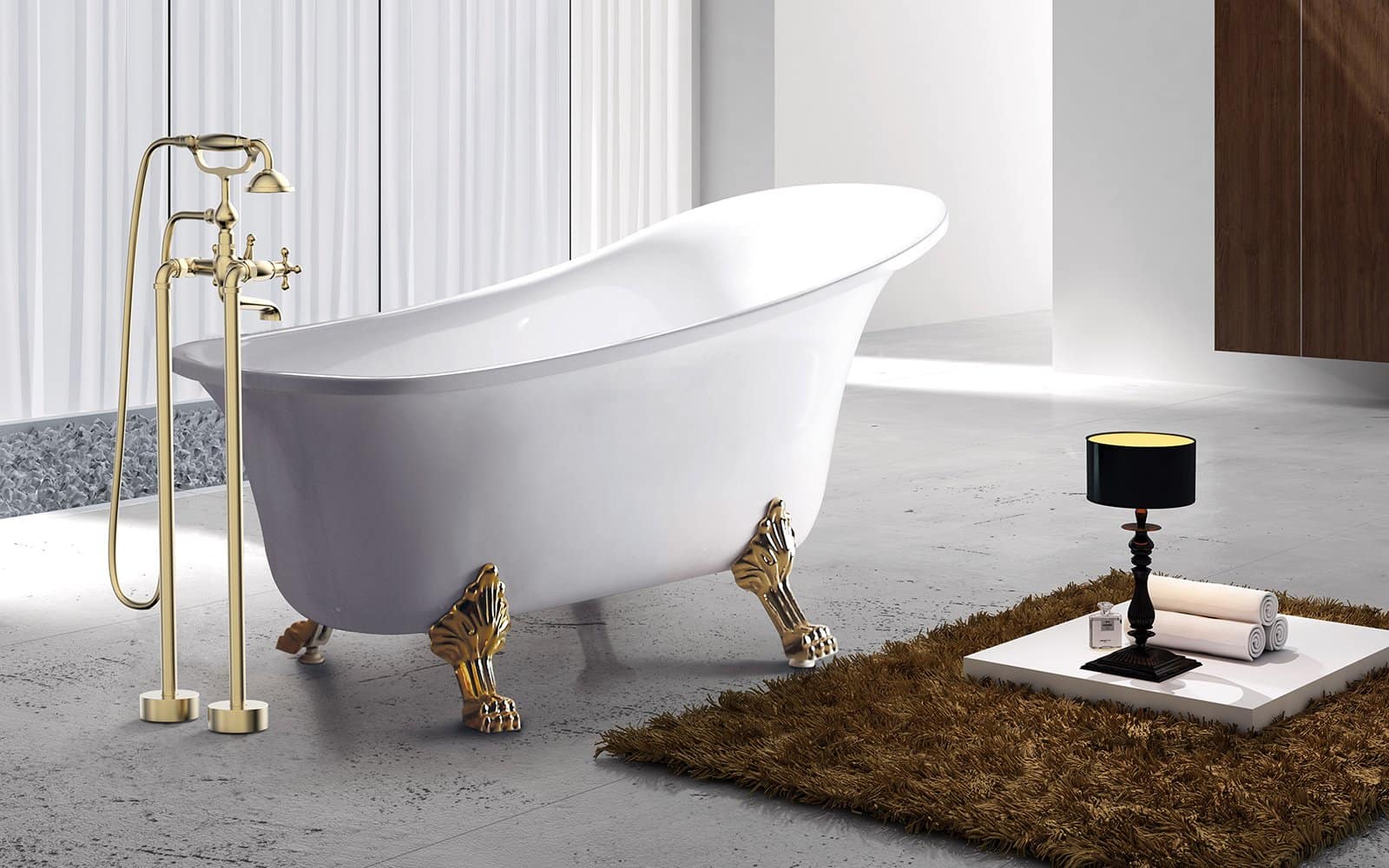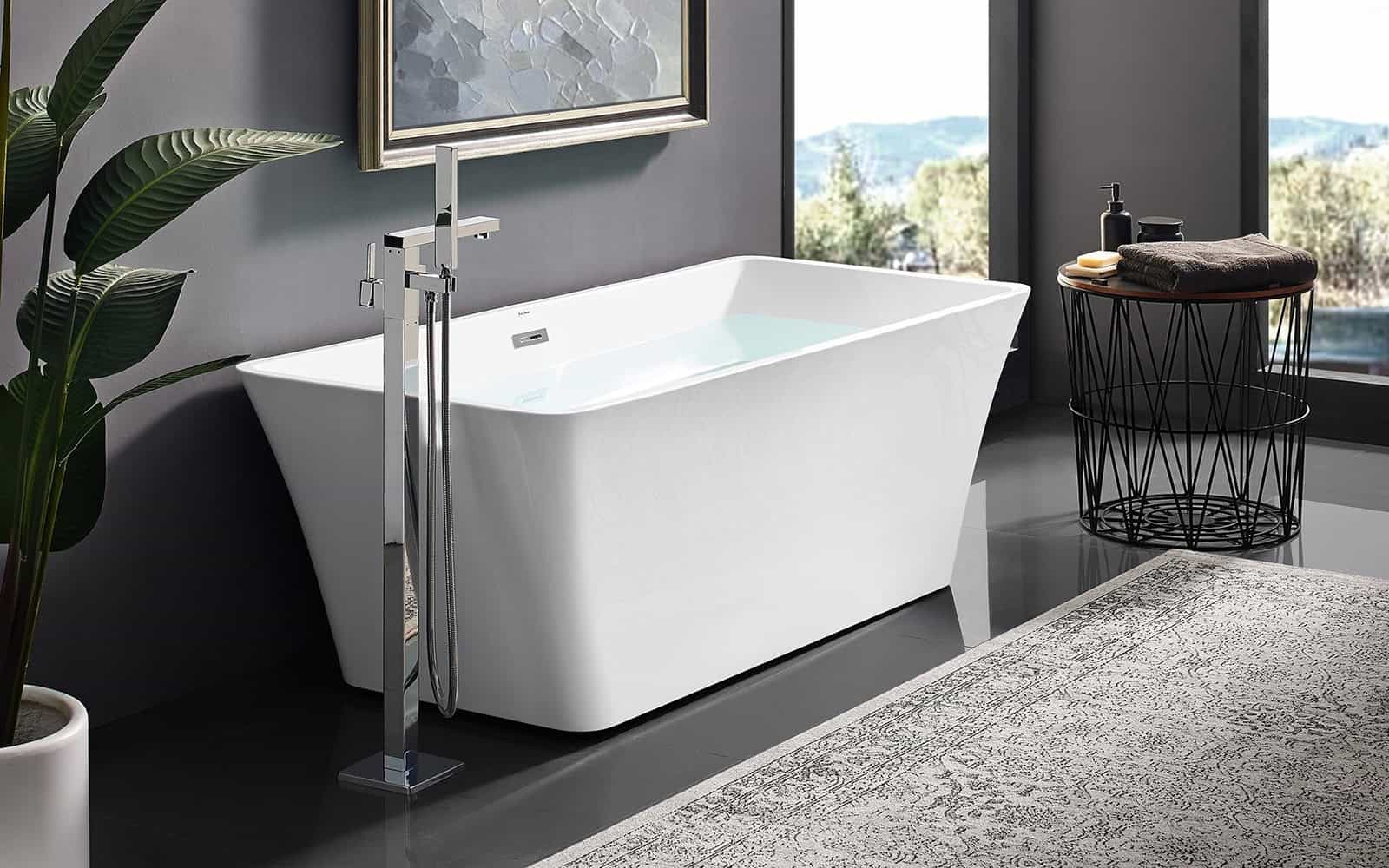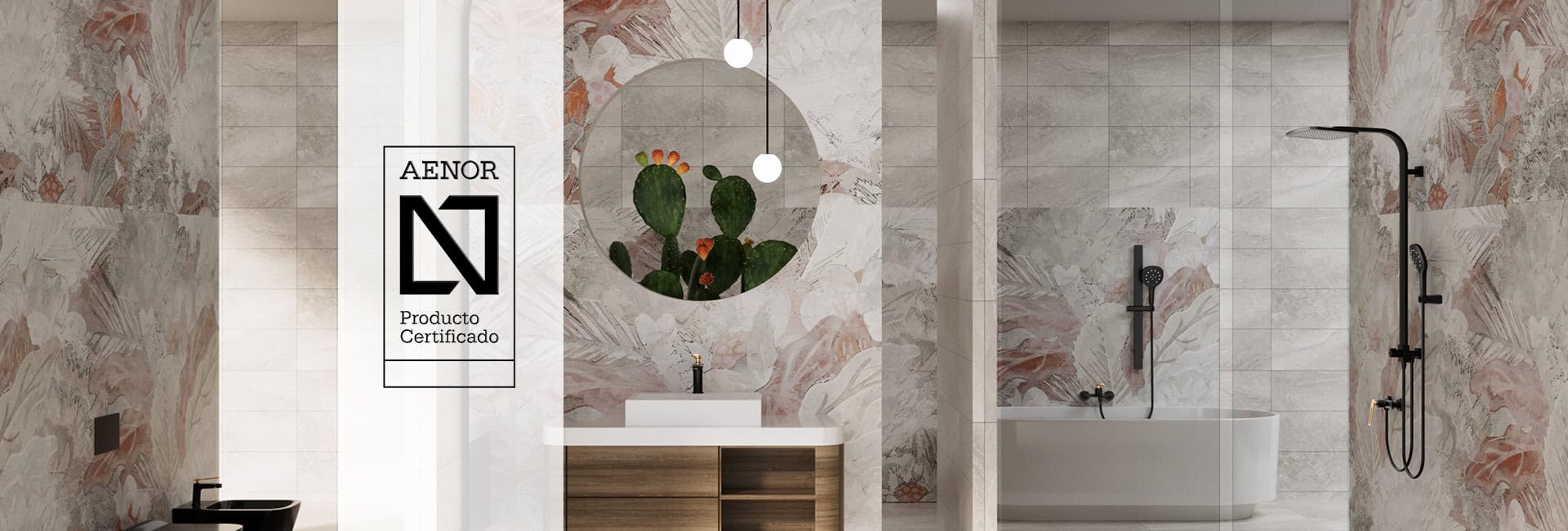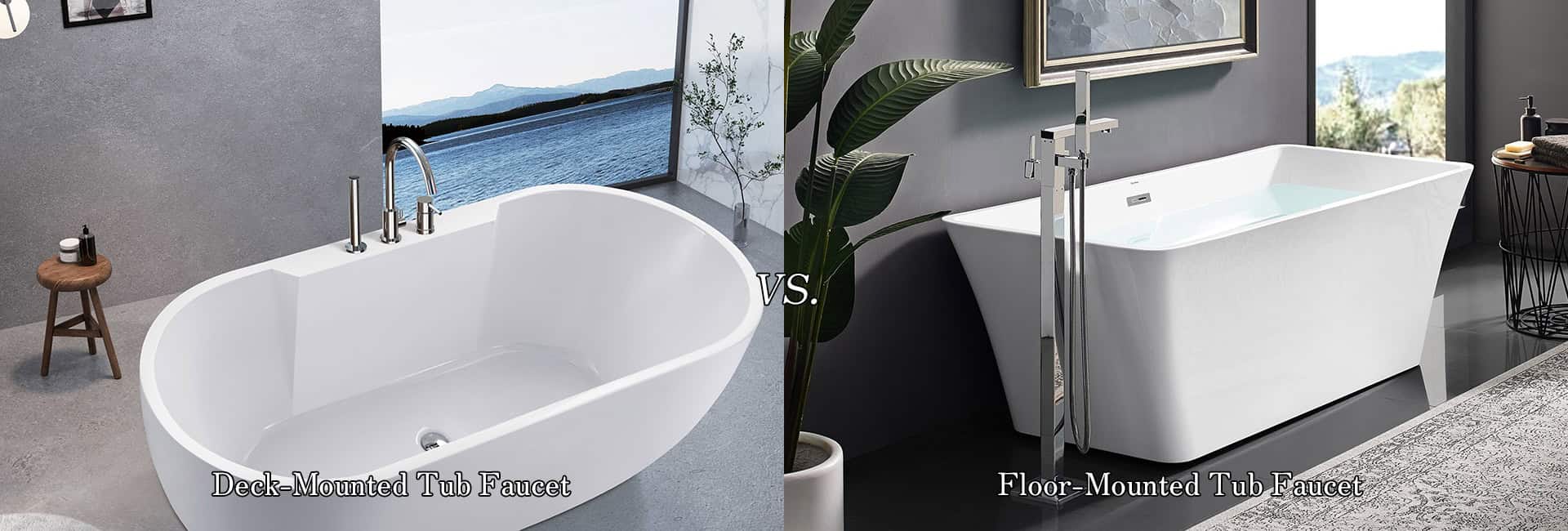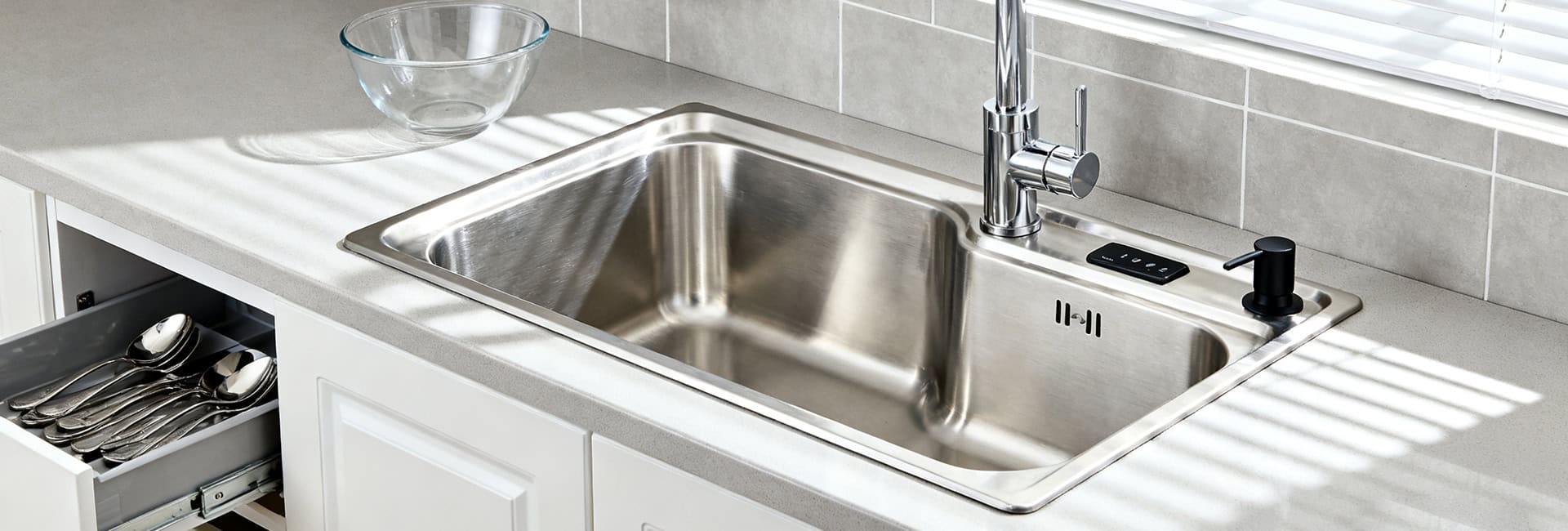You know the feeling. You want a relaxing soak, but your bathtub is dirty. Grime, soap scum, or mildew appears. Instead of relaxing, you face a cleaning job. Many people feel this way, wondering how to clean without damage.
Good news! I will show you how to do bathtub cleaning. We cover basic scrubbing, tough stains, surrounding areas, and keeping your tub clean longer. You will become a bathtub cleaning expert. You will know how to make your tub shine and keep it that way.
Getting Started: Your Bathtub Cleaning Battle Plan
Before you dive in, a little prep goes a long way. This isn’t just about what products you use, but how you approach the whole job.
Step 1 : Clear the Clutter
First things first, remove all those shampoo bottles, soaps, and toys from the tub edges. This exposes the entire surface and prevents sticky rings. Plus, it gives you a clean slate to work on.
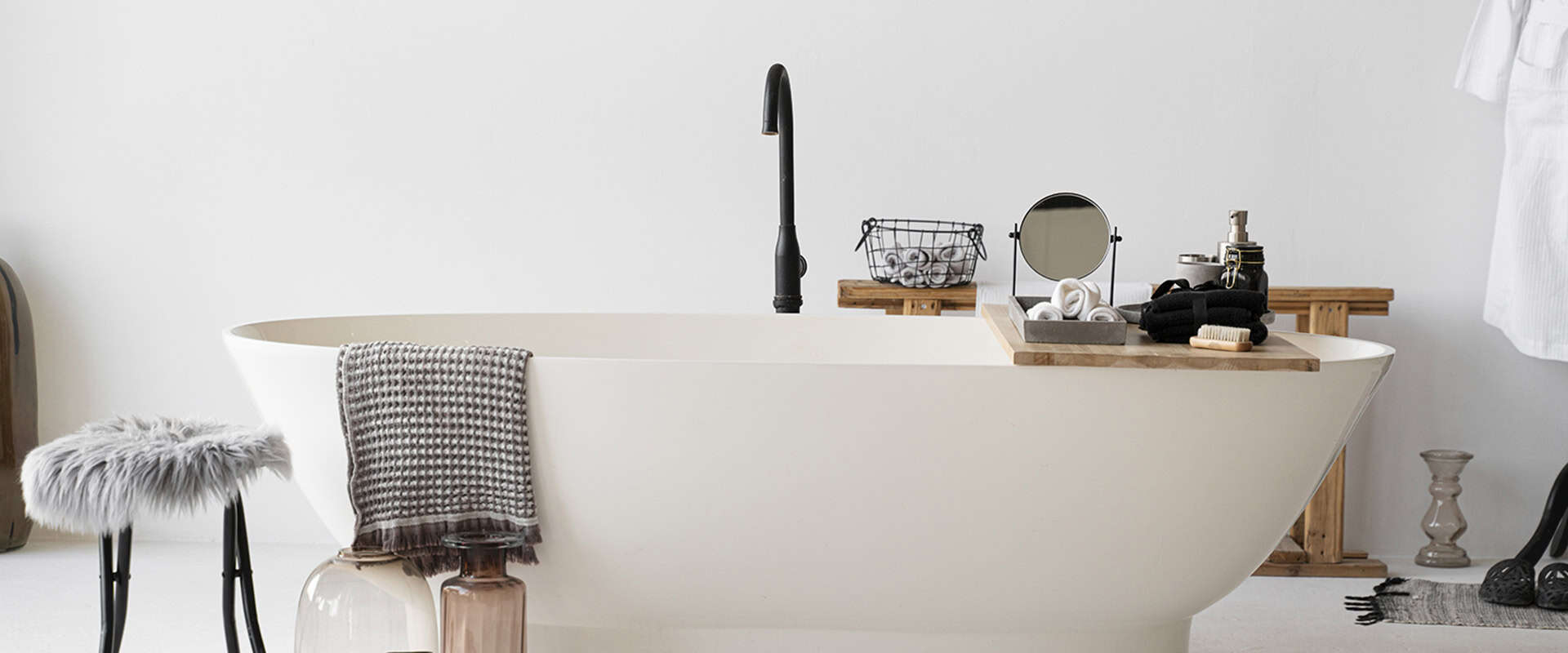
Step 2 : Know Your Tub’s Material
This is super important! Different tub materials react differently to cleaners. Using the wrong product can scratch, dull, or even damage your tub permanently.
- How to Identify Your Tub Material:
|
Method |
How to Do It |
What It Indicates |
|---|---|---|
|
Visual Inspection |
Check labels near drain or edges; note sheen (glossy vs. matte). |
Glossy: steel, cast iron, ceramic, acrylic; |
|
Tap Test |
Tap with a coin; listen to sound. |
Dull: cast iron, steel; Clear ring: copper; |
|
Touch and Press |
Feel temperature and flexibility. |
Warm, flexible: acrylic, fiberglass; |
|
Magnet Test |
Test with a magnet. |
Sticks: cast iron, steel; |
|
Water Droplet Test |
Drop water; observe beading or residue. |
Beads, residue: steel, cast iron; |
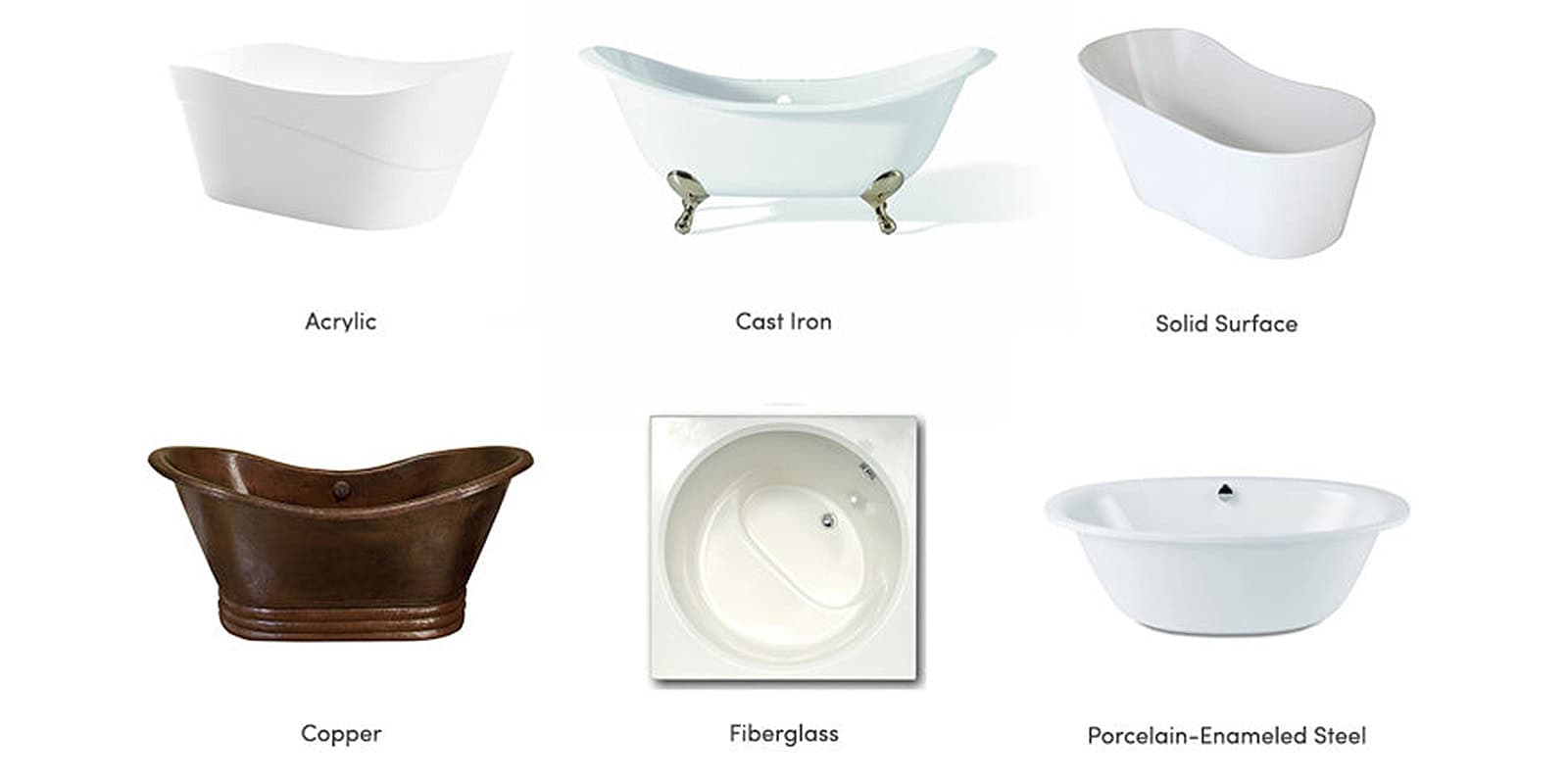
(via.Perigold»)
- Why it Matters: Acrylic and fiberglass tubs need gentle, non-abrasive cleaners. Porcelain can handle a bit more but is susceptible to chipping. Always check the cleaner’s label to ensure it’s safe for your specific tub.
Step 3 : Gather Your Supplies
Having everything on hand saves time. You’ll need:
- A clean bucket
- Dish soap
- Baking soda
- White vinegar
- Non-abrasive scrub spongeor soft-bristle brush (avoid metal scrubbers!)
- Microfiber cloths or soft rags
- Spray bottle (for homemade solutions)
- Rubber gloves(always protect your hands!)
- Optional: Tub-and-tile cleaner (check for material compatibility!), spray bottle and bleach (for stubborn mold/mildew), old towel (for knee comfort).
What to Avoid When Cleaning Your Bathtub
Sometimes, knowing what not to do is just as important as knowing what to do. Avoid these common mistakes to keep your tub looking good and prevent damage:
- Abrasive Cleaners: Say no to scouring powders or harsh pastes with gritty particles. These can easily scratch and dull surfaces like acrylic or fiberglass. Over time, this creates a rough texture that actually traps more dirt, making future cleaning harder.
- Harsh Chemicals: Bleach, ammonia, and other powerful chemicals might seem like a quick fix, but they’re tough on your skin and eyes, creating irritating fumes. Even worse, they can damage your bathtub’s finish, causing discoloration or weakening the material.
- Metal Scrubbers or Wire Brushes: Think of these as tiny knives for your tub. They’ll scratch and leave unsightly marks, ruining the smooth, pristine look of your bathtub. Stick to soft sponges and non-abrasive brushes.
NEVER mix bleach with ammonia-based cleaners (like some window cleaners or all-purpose cleaners) or any other cleaning product, as this creates highly toxic and dangerous gases.
The Basic Bathtub Cleaning Routine
For a regularly used tub, a monthly cleaning often does the trick. If you use it less, you might stretch it out, but don’t let grime build up too much!
Step 1 : Warm Up the Tub
Start by rinsing the entire tub with hot water. This helps loosen grime and prepares the surface.
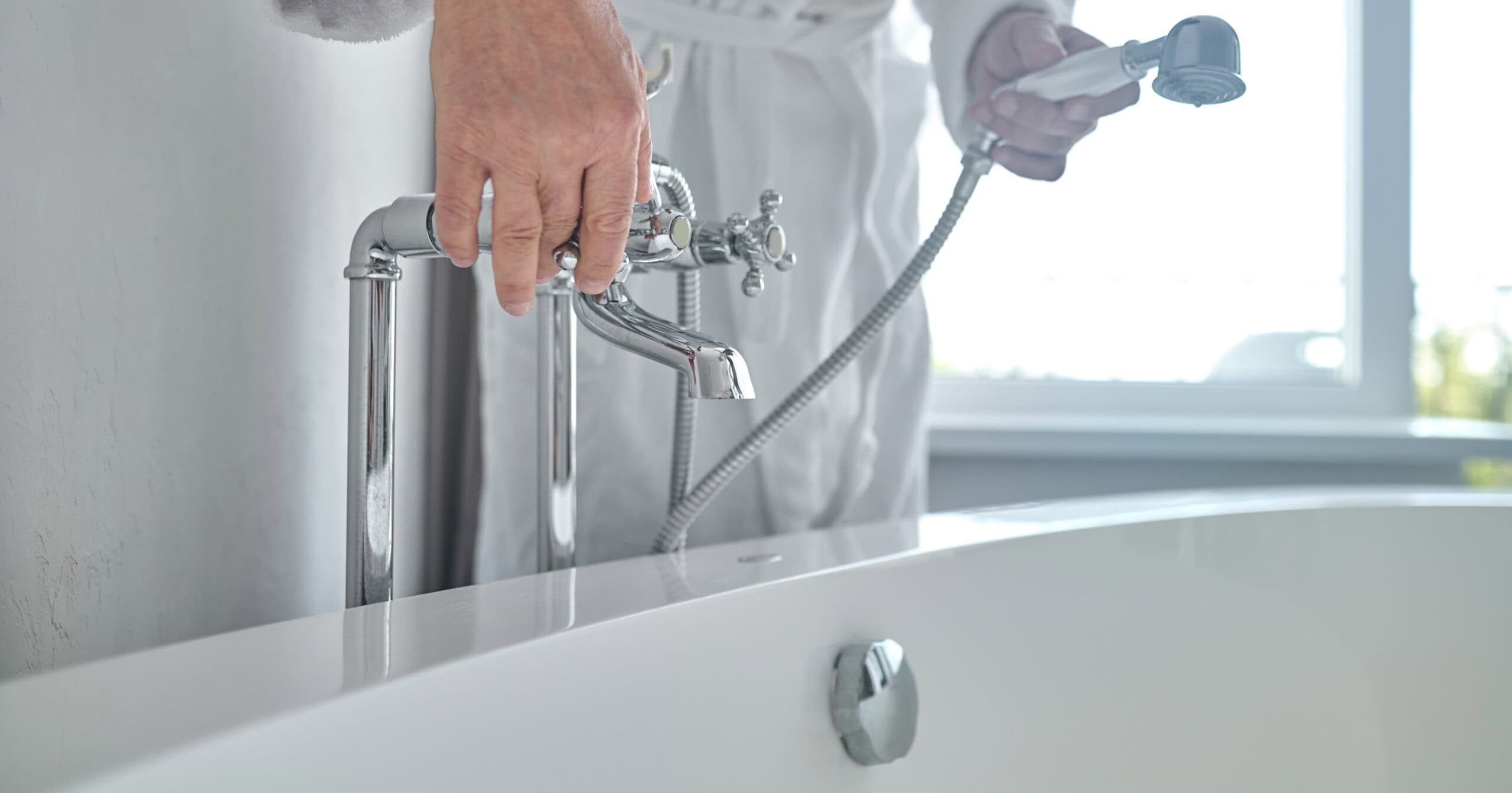
Step 2 : Choose Your Cleaner
- Homemade Hero (for most tubs & light-to-moderate grime)
Mix equal parts distilled white vinegar and dish soap in a spray bottle. Dish soap cuts through grease and grime, while vinegar’s acidity dissolves mineral deposits and soap scum. Add a few drops of essential oil (like lavender or tea tree) to mask the vinegar smell if you prefer.
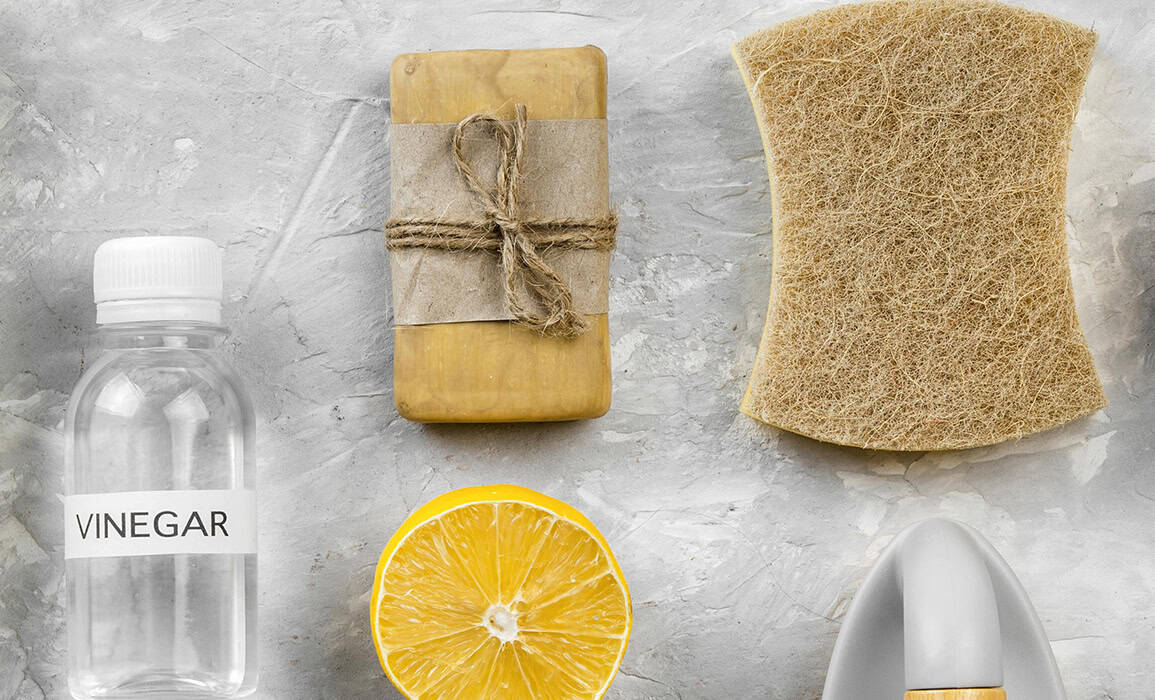
- Commercial Cleaners (for tough jobs or specific materials)
If you opt for a store-bought cleaner, make sure it’s designed for your tub’s material. Look for labels like “non-abrasive,” “safe for acrylic,” or “gel cleaner.”

- Baking Soda Boost
For extra scrubbing power, sprinkle baking soda directly onto stubborn areas after applying your liquid cleaner.

Step 3 : Spray and Scrub
Spray your chosen cleaner generously over all tub surfaces. Let it sit for 5-15 minutes, especially on dirtier areas. Then, using your non-abrasive sponge or brush, scrub the entire tub. Pay attention to the bottom, sides, and around the drain.
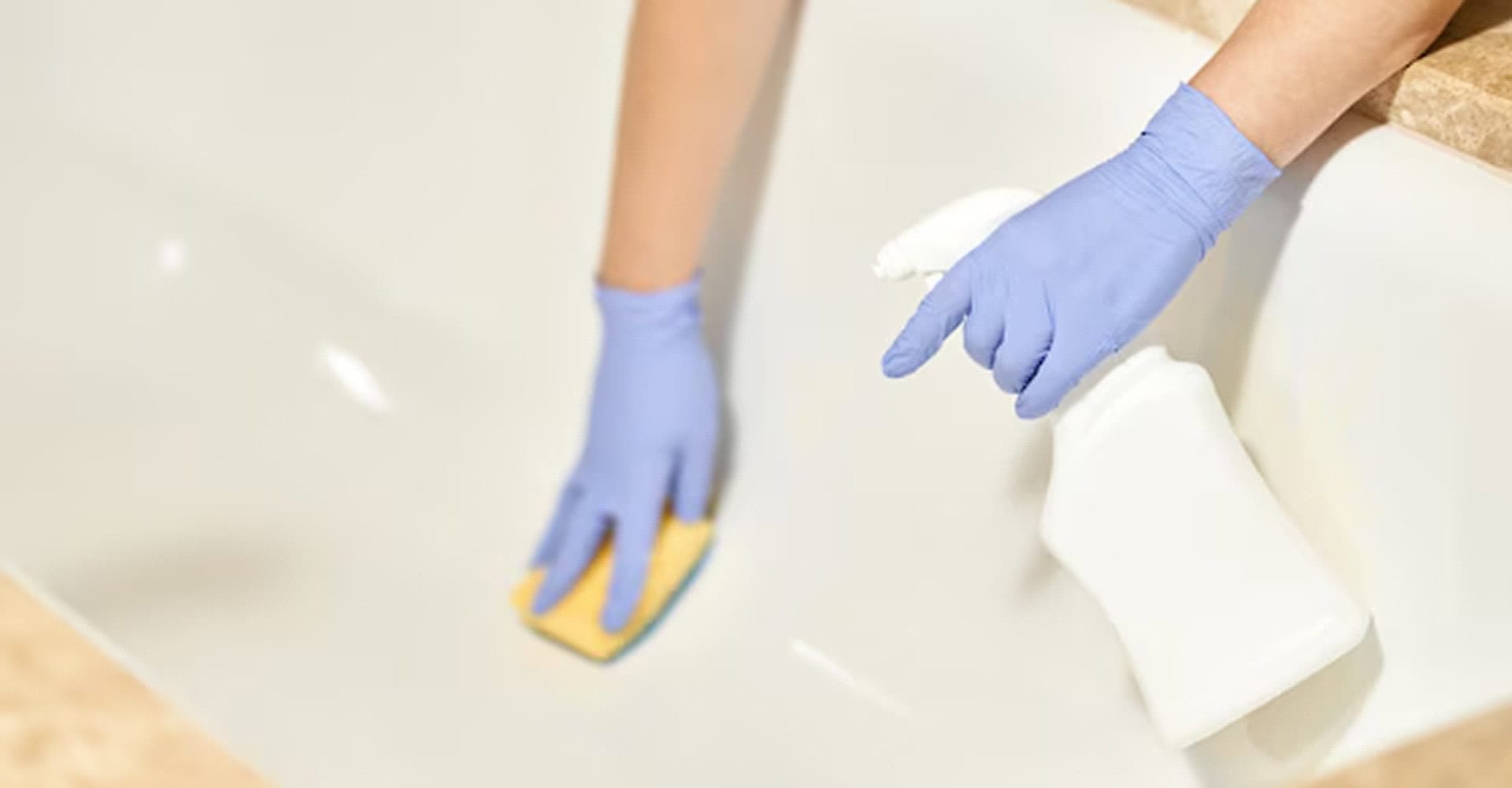
Step 4 : Rinse Thoroughly
Use clean water to rinse the entire tub. Make sure all cleaner residue is washed away.
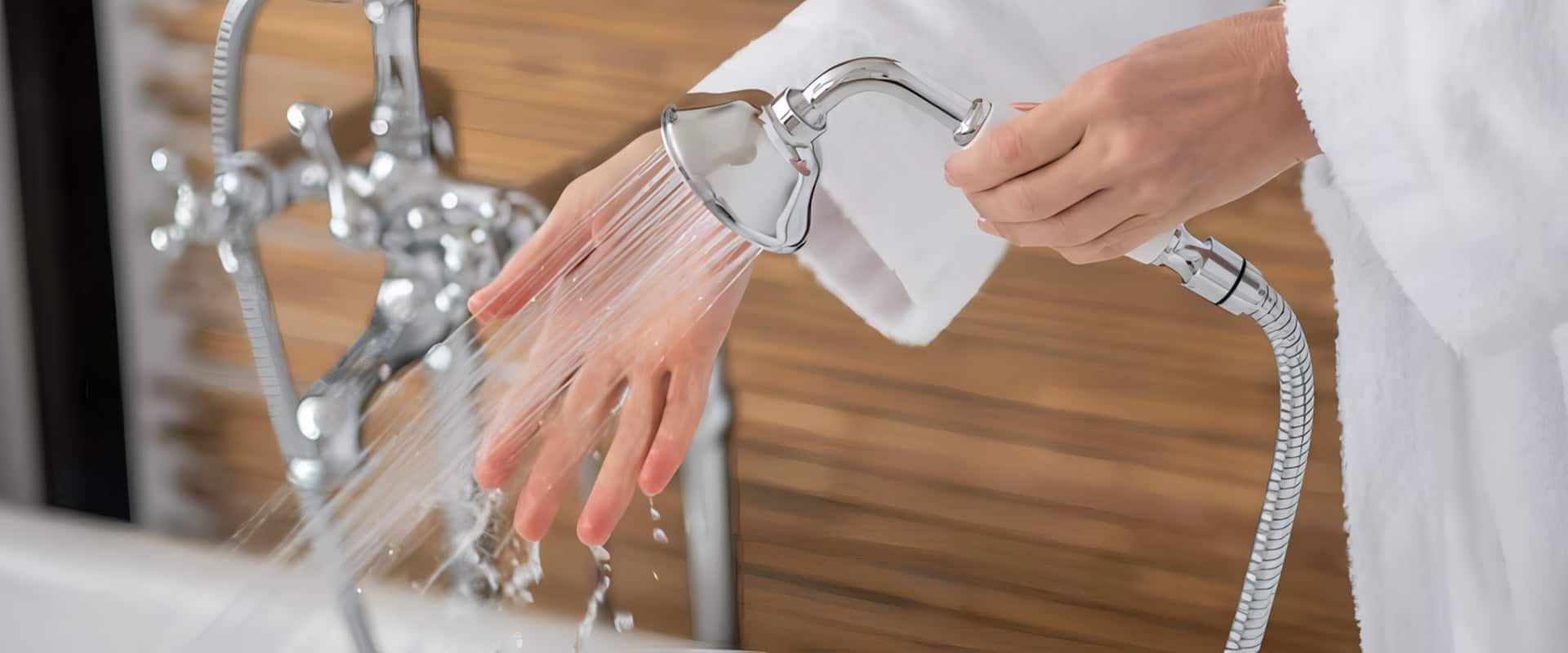
Step 5 : Wipe for Shine
For a streak-free finish and to prevent water spots, wipe down the tub with a clean, dry microfiber cloth. This small step makes a big difference!
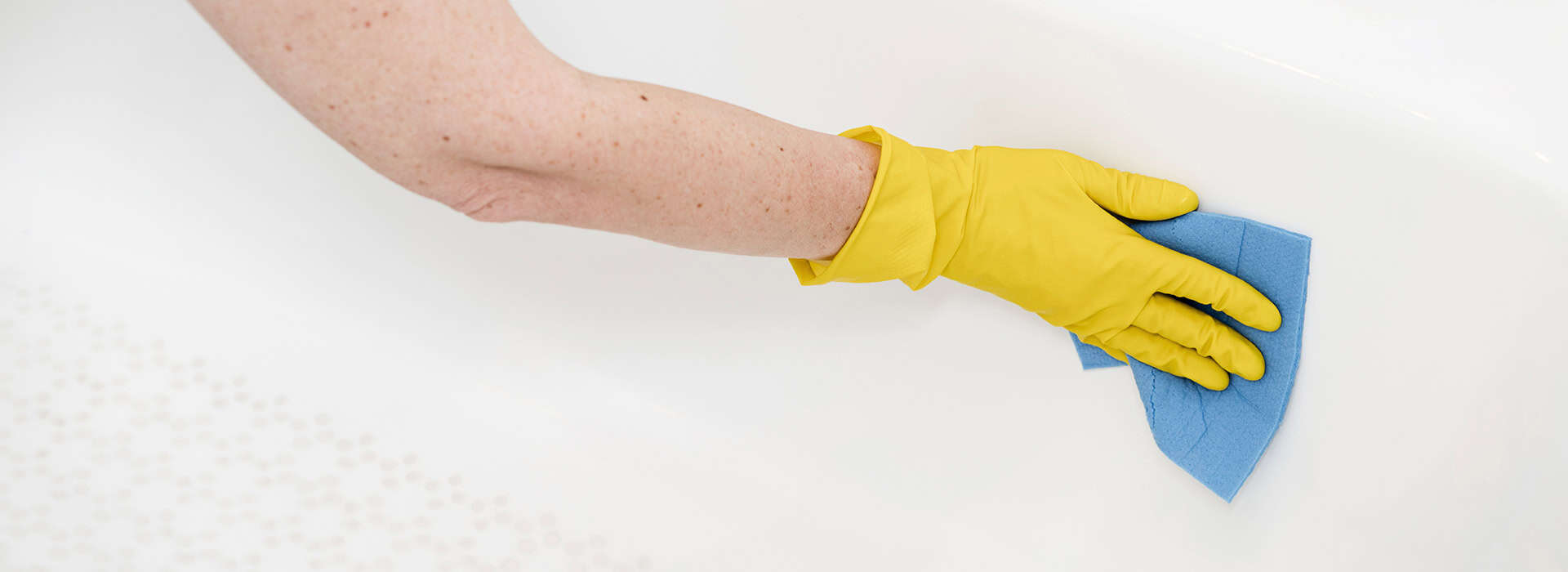
Cleaning for Every Bathtub Type and User Need
Not all tubs are created equal, and neither are all cleaning situations. Here’s how to adapt your cleaning for specific scenarios:
Walk-in Tubs
These are fantastic for accessibility but can have more nooks and crannies. Focus on getting into the door seal and any built-in seating. A smaller detail brush can be really helpful here. Because of the door, pay extra attention to drying the seal completely after each use to prevent mold.

Tubs with Jets (Jetted Tubs/Jacuzzis)
These require special attention to the internal plumbing where bacteria and soap scum can accumulate.
- Deep Clean for Jets: Fill the tub with hot water, just above the jets. Add 1/2 cup of dish soap and 1/2 cup of white vinegar (or a specialized jetted tub cleaner). Run the jets for 15-20 minutes. Drain the tub, then refill with clean hot water and run the jets again for another 10-15 minutes to rinse. Repeat if necessary.
- Regular Maintenance: Run clean water through the jets for a few minutes after each use to flush out residual soap.

Tubs in Small, Poorly Ventilated Bathrooms
These bathrooms are breeding grounds for mold and mildew.
- Boost Ventilation: Install a powerful exhaust fan and use it every time you shower or bathe, leaving it on for at least 15-20 minutes afterward. If possible, crack a window.
- Wipe Down Daily: This becomes even more critical in humid environments. A quick wipe of walls and tub surfaces with a squeegee or microfiber cloth can make a huge difference.
- Consider a Dehumidifier: For persistent dampness, a small bathroom dehumidifier can help.
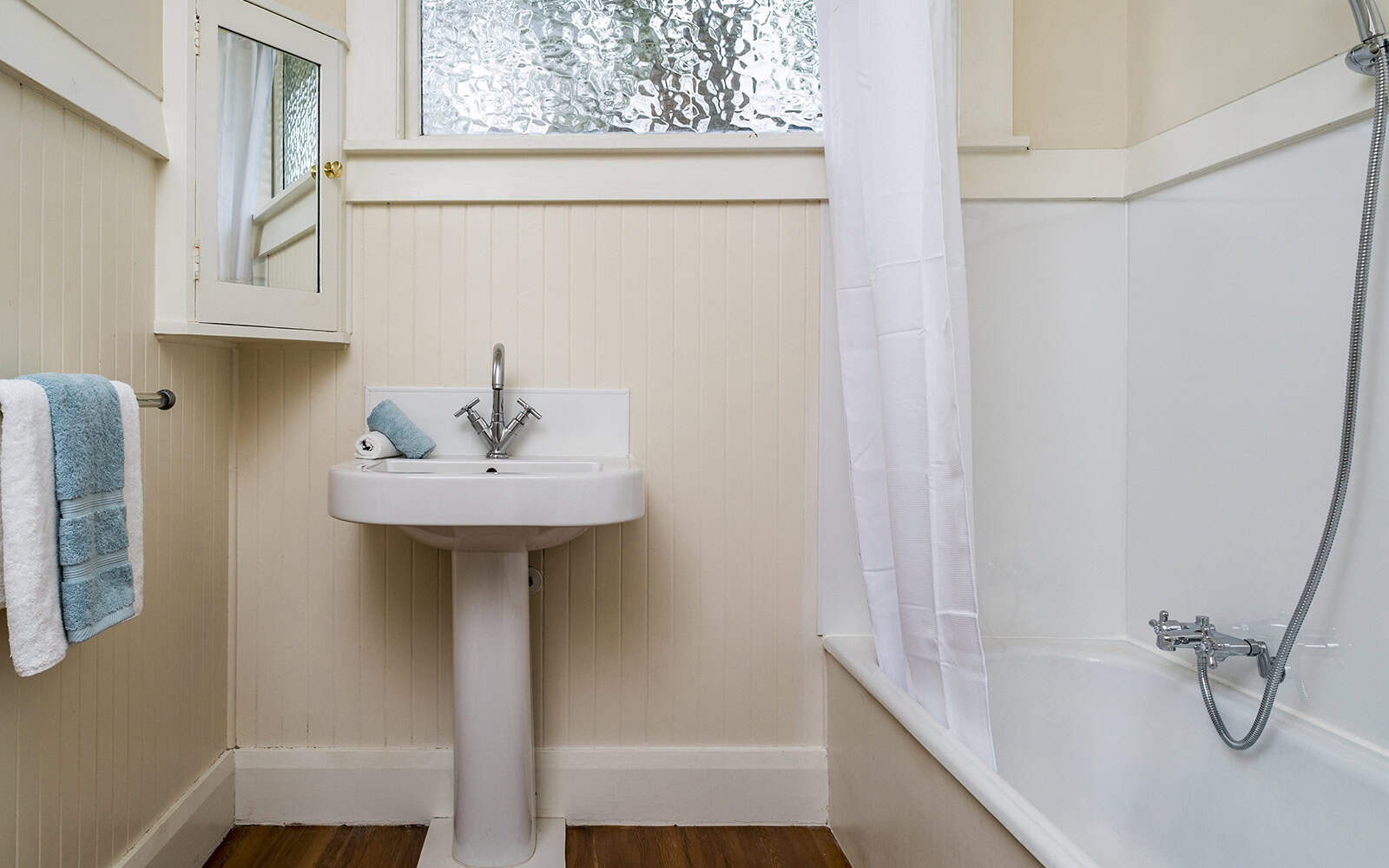
Tackling Specific Challenges and Stubborn Stains
Sometimes, basic cleaning isn’t enough. Here’s how to deal with the notorious offenders:
Mold & Mildew
- For light mold, the vinegar-dish soap solution can work.
- For tougher mold, especially on grout or caulk, a bleach-based solution might be necessary. Mix about 1/2 cup bleach with a gallon of water in a spray bottle. Spray the affected areas, let it sit for 10-15 minutes, then scrub and rinse thoroughly.
- If mold is deeply embedded in caulk, it might be time to remove and reapply the caulk.
NEVER mix bleach with ammonia-based cleaners (like Windex or some all-purpose cleaners), as this creates toxic and dangerous fumes.
Hard Water Stains & Mineral Deposits
- Vinegar is excellent for this! For tough spots, soak a cloth in undiluted white vinegar and lay it over the stain for 30 minutes to an hour. Then scrub with a non-abrasive sponge.
- For very stubborn build-up, you might need a commercial cleaner specifically designed for hard water or lime scale remover. Again, check compatibility with your tub material.
Rust Stains
- For minor rust, make a paste of baking soda and lemon juice. Apply it to the stain, let it sit for a few hours (or even overnight), then scrub and rinse.
- For more severe rust, products containing oxalic acid (like Bar Keepers Friend) can be effective, but test in an inconspicuous area first, especially on acrylic/fiberglass.
Hair Dye Stains/Scuff Marks
- Try rubbing alcohol on a cotton ball for hair dye stains.
- For scuff marks, a melamine foam eraser (like a Magic Eraser) can work wonders, but use gently and test first, as it’s a mild abrasive.
Slow Drains
- First, try to manually remove any hair or debris. Put on gloves and use a straightened wire hanger (with a small hook bent at the end) or a drain snake to fish out clogs.
- Follow with a natural solution: Pour 1 cup of baking soda down the drain, then immediately follow with 1 cup of white vinegar. Let it fizz and sit for 15-30 minutes. Flush with hot (even boiling, if your pipes can handle it) water. This is great for minor organic clogs.
- When to Call a Pro: If these methods don’t work, you likely have a more severe blockage that requires a plumber. Avoid harsh chemical drain cleaners if possible, as they can damage pipes and are highly corrosive.
Cleaning the tub Surrounding Areas
A sparkling tub looks even better when its surroundings are clean too!
Tiles
For bathroom tiles, especially those around your tub, spray a general-purpose bathroom cleaner or your homemade vinegar-dish soap solution. Let it sit for a few minutes, then scrub with a soft brush or sponge. Rinse thoroughly. For any stubborn spots, a baking soda paste can provide gentle abrasive power.
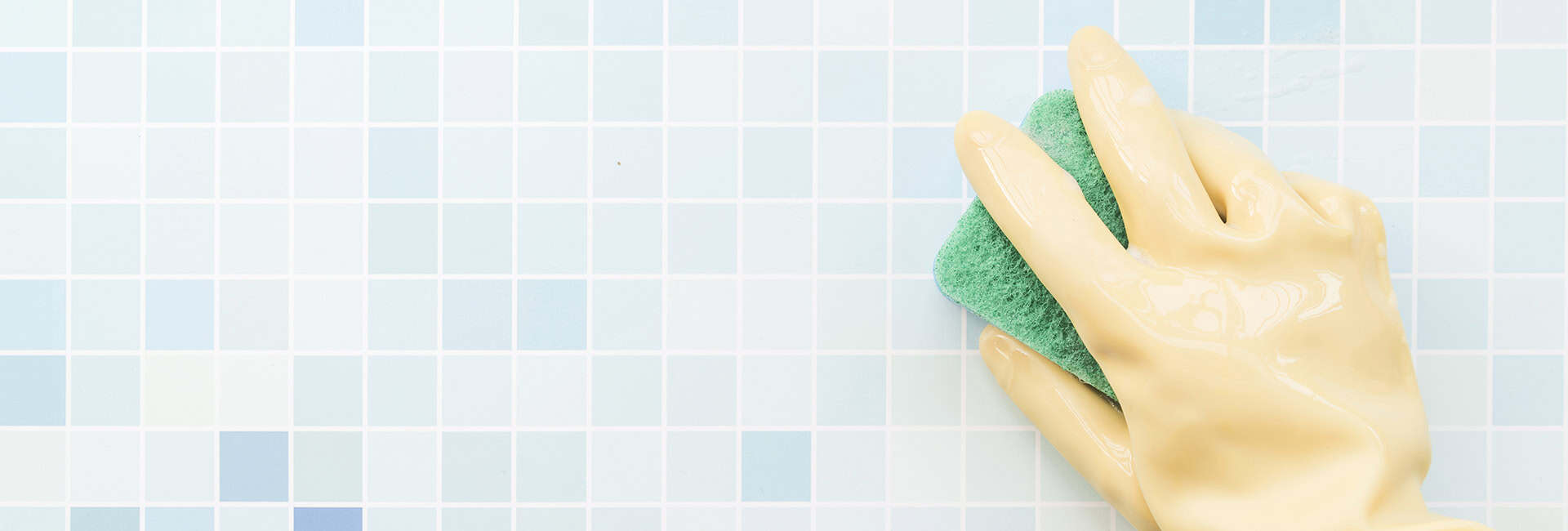
Grout
Mix baking soda with a small amount of water to form a thick paste. Apply it to grout lines, let it sit for 10-15 minutes, then scrub with a stiff nylon grout brush. Rinse thoroughly.
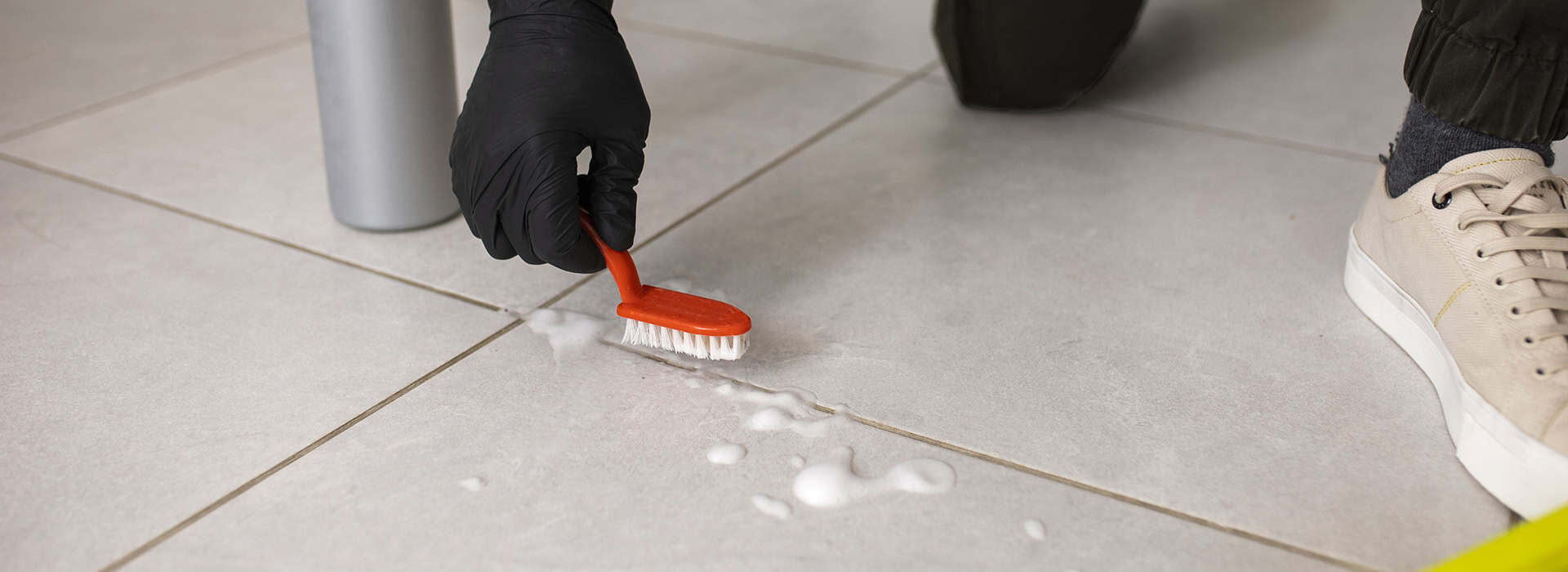
Caulk/Sealant
For discolored caulk, a bleach solution (as mentioned above for mold) can work. If it’s heavily molded or cracked, consider removing and reapplying the caulk. This not only looks better but also prevents water damage behind your tub/shower walls. Check out a detailed guide on caulking a bathtub» for specific steps.
Bathtub Faucets (and Showerheads)
Hard water can build up on faucets and showerheads, causing dullness and reduced water flow.
- For light buildup, simply wipe with a cloth soaked in white vinegar.
- For heavier mineral deposits, tie a plastic bag filled with white vinegar around the faucet or showerhead, ensuring the affected parts are submerged. Let it soak for a few hours or overnight, then remove the bag and scrub gently with an old toothbrush. Rinse well. Polish with a microfiber cloth for shine.
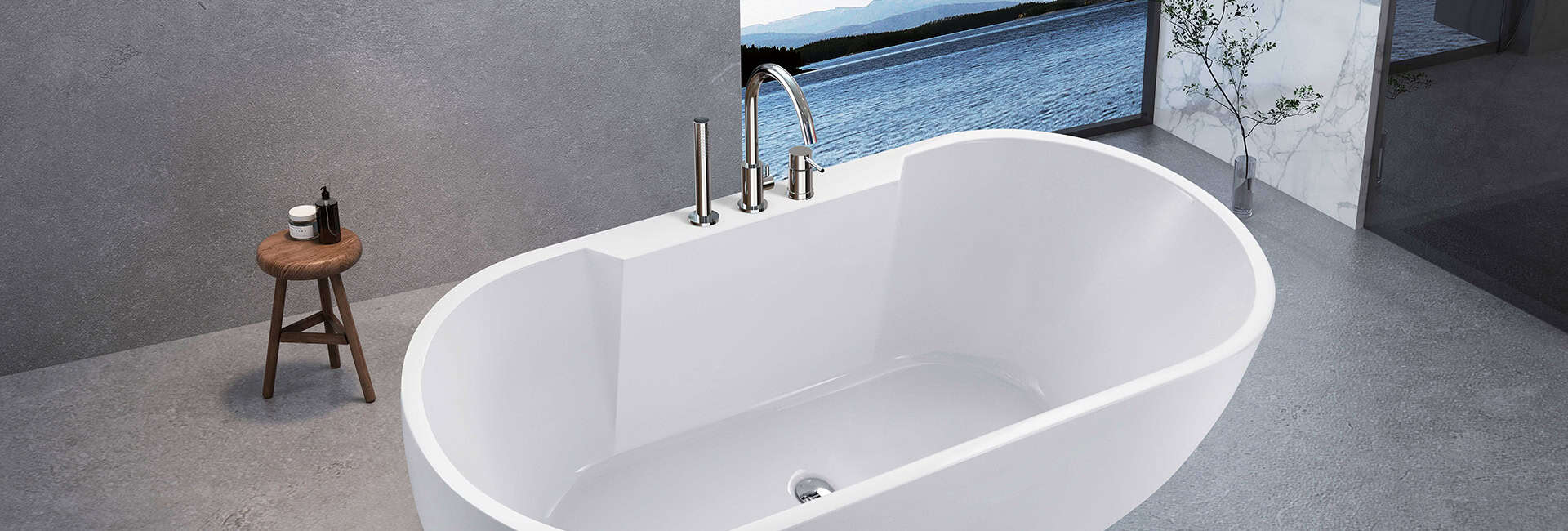
Green Cleaning & Responsible Dispo
As we clean, we should also think about our environmental impact.
- Opt for Biodegradable Products:
Choose cleaners labeled biodegradable, plant-based, or eco-friendly. They break down easily and are gentler on water systems. Brands like Seventh Generation», Method», and Mrs». Meyer’s are great choices. - Dilute Harsh Chemicals:
If using strong cleaners, always dilute them as directed to reduce chemical impact. - Proper Disposal of Harsh Residues:
Don’t pour leftover strong chemicals (like drain cleaner or bleach) down the drain. Check local waste disposal guidelines—many areas offer hazardous waste collection days. Search “[Your City/County] household hazardous waste disposal” for details. - Reduce, Reuse, Recycle:
Use reusable cloths instead of disposable wipes. Refill cleaning bottles when possible.
What if Cleaning Isn’t Enough? Replacing Your Bathtub
Sometimes, a tub is beyond cleaning. Deep cracks, extensive chipping, or pervasive stains might mean it’s time for a replacement. If you’re considering a new tub, you have many options. Thinking about design, material, and installation is key. Check out a detailed guide on how to choose the right bathtub for your home to make an informed decision.
Matching Your Tub with the Perfect Faucet
You’ve got a sparkling clean (or brand new!) tub, but don’t forget the details! The right faucet can complete the look of your bathroom and provide crucial functionality. Different tubs require different faucet styles and mounting types. You’ll want to consider things like wall-mounted, deck-mounted, or freestanding faucets, and ensure they match your bathroom’s overall aesthetic. Learn more about choosing the best bathtub faucet to complement your space.
Your Sparkling Future
Cleaning your bathtub doesn’t have to be a dreaded chore. By understanding your tub’s material, using the right tools and cleaners, and adopting a few preventive habits, you can keep your bathing sanctuary sparkling clean with minimal effort. Remember, consistency is your best friend here. A little bit of effort regularly will save you a lot of heavy scrubbing down the line. Now go enjoy that clean, relaxing soak you’ve earned!
FAQs
About Luxuryhome
Luxuryhome is not just a faucet manufacturer or wholesaler, but more like a partner who can provide you with more added value.
We are united in our determination to produce China-made bath and kitchen fixtures adhering to the highest ethical principles. You have our promise!
More post you may interested in

